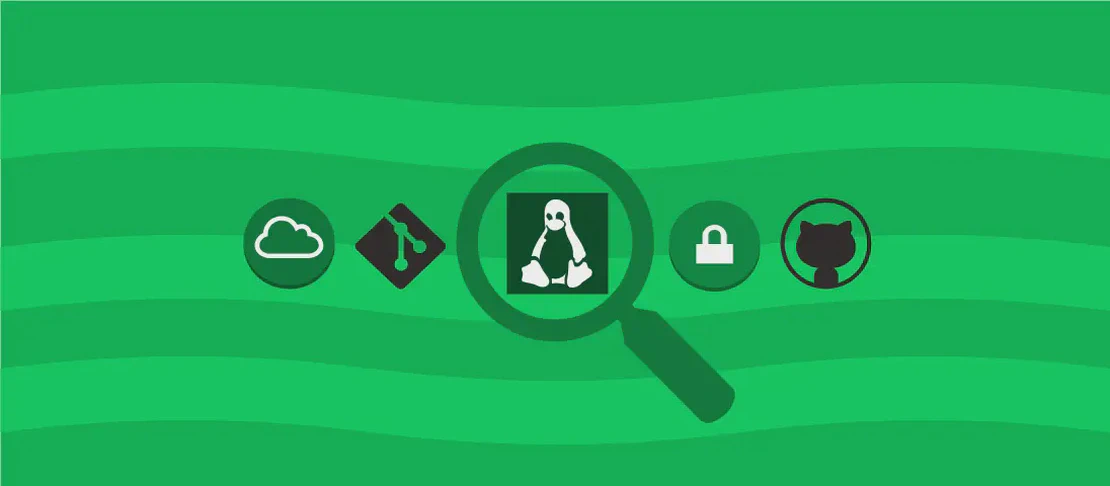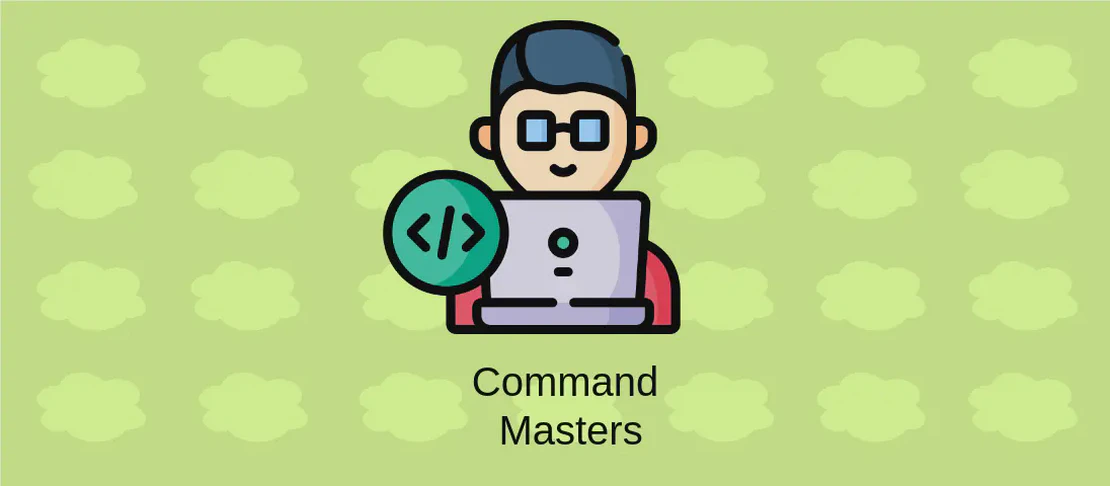
Efficient Task Management with 'pueue clean' (with examples)
The pueue command-line tool offers a powerful way to manage long-running processes and tasks in a queue, allowing for simplified background process handling. Within this suite, the pueue clean command is particularly useful for maintaining an organized task list by removing completed tasks and clearing their logs, thereby aiding in effective task management. This article explores the different scenarios where you might want to use the pueue clean command and how to execute it effectively, along with a detailed explanation of each command’s syntax and potential output.
Use case 1: Remove finished tasks and clear logs
Code:
pueue clean
Motivation:
In any task management system, especially when dealing with a plethora of long-running processes, it is crucial to regularly clean up completed tasks to prevent clutter. As tasks are completed, they leave behind logs and metadata which, if left unattended, can consume unnecessary space and may lead to slow system performance. The default use of pueue clean easily tackles this problem by purging all finished tasks regardless of their success or failure status. This is particularly beneficial in scenarios where the end state of a task doesn’t matter, and you’re more concerned about maintaining a tidy queue for ongoing and future tasks.
Explanation:
pueue: This is the main command for managing process queues.clean: A subcommand specifically designed to clear finished tasks from Pueue’s task list and remove their associated logs. By default, it targets all finished tasks.
Example output:
Upon execution, the terminal may display something similar to the following message, indicating that all completed tasks have been successfully removed:
All finished tasks have been cleaned. Logs cleared.
Use case 2: Only clean commands that finished successfully
Code:
pueue clean --successful-only
Motivation:
There are situations where you might want to retain tasks that did not complete successfully for further inspection or debugging before deciding to remove them from the queue. In such cases, the --successful-only option is a lifesaver. It allows you to target and remove only those tasks that concluded without errors, reflecting a successful operation. This ensures that potentially problematic tasks remain within reach for analysis and rectification, providing an efficient balance between clearing the queue and maintaining visibility on failed processes.
Explanation:
pueue: Again, this is the primary command line tool used for task management.clean: This subcommand, as explained earlier, is responsible for cleaning up finished tasks.--successful-only: This flag modifies the behavior of thecleancommand to target only those tasks which finished successfully. It is particularly helpful in keeping tasks with errors or failures for future review or investigation.
Example output:
After running this variant of the command, the system might respond with something like:
Successfully finished tasks have been removed.
This indicates that only the tasks with a successful status have been processed, leaving the rest intact for further action.
Conclusion:
The pueue clean command, with its different options, serves as an essential tool for anyone who regularly manages multiple tasks. Whether you prefer to regularly clear all completed tasks or selectively remove only those that have succeeded, understanding these commands can significantly aid in maintaining a well-organized and efficient task management environment. By utilizing these examples and explanations, users can optimize their process queues, thereby mitigating performance issues while ensuring unresolved problems are duly addressed.

